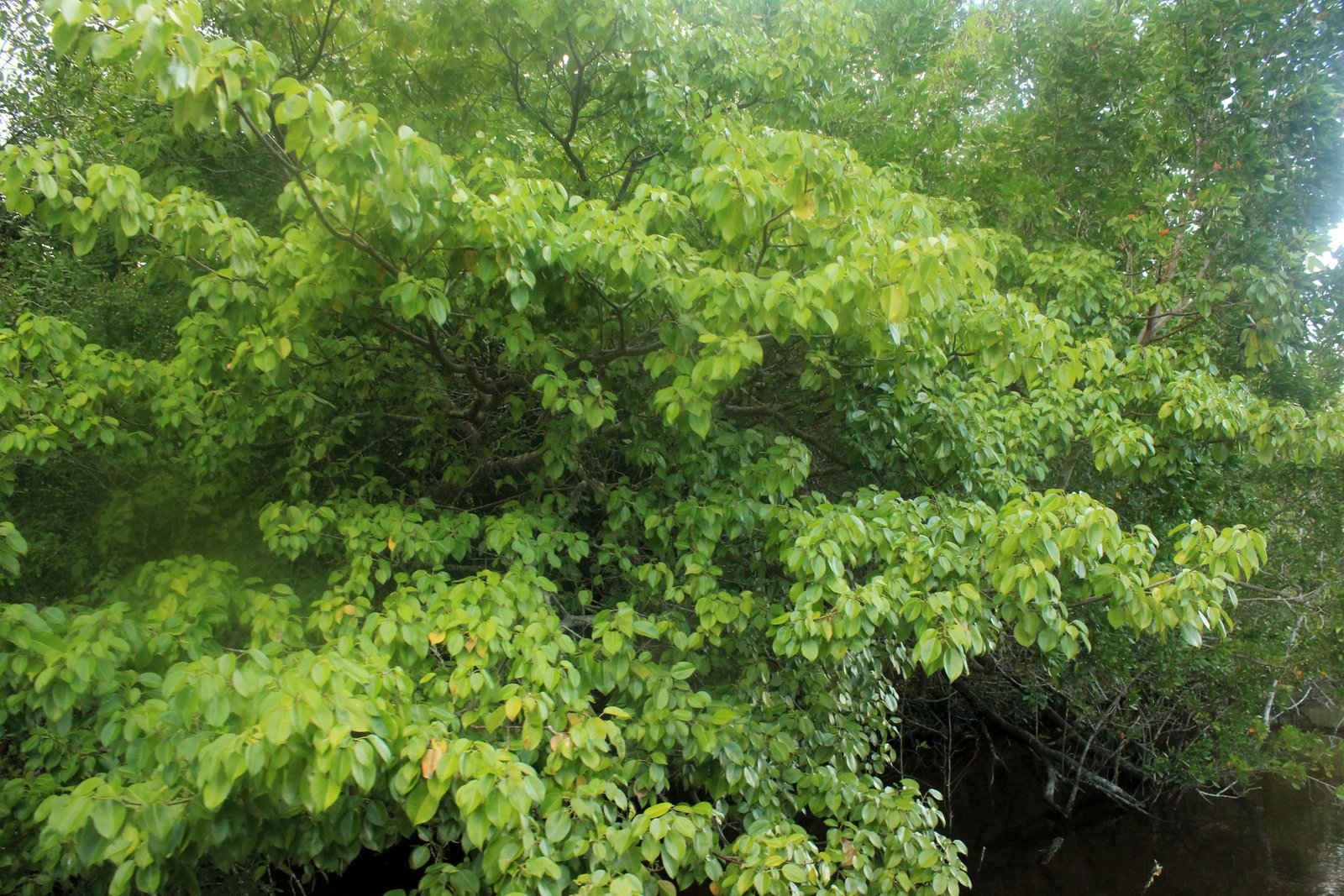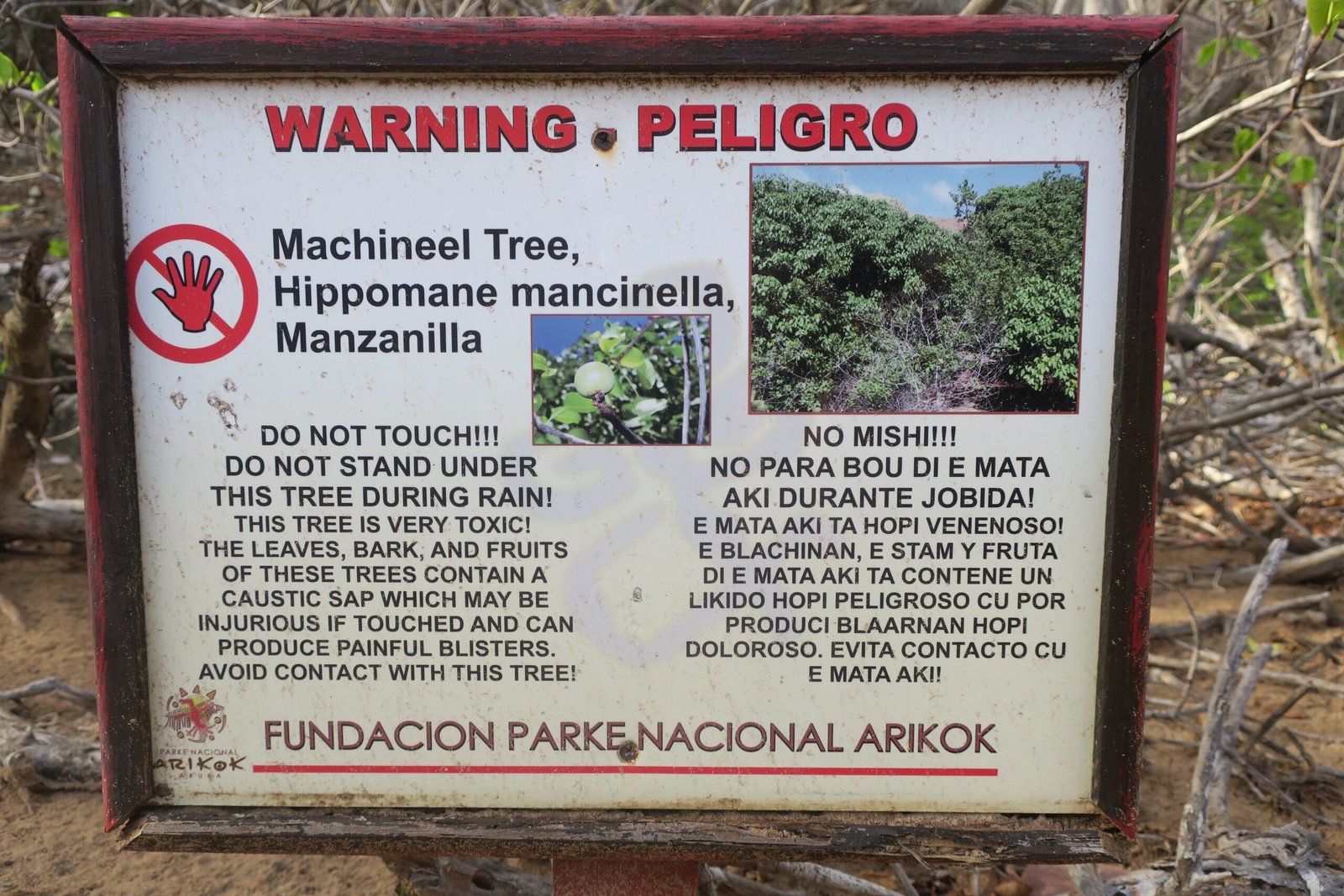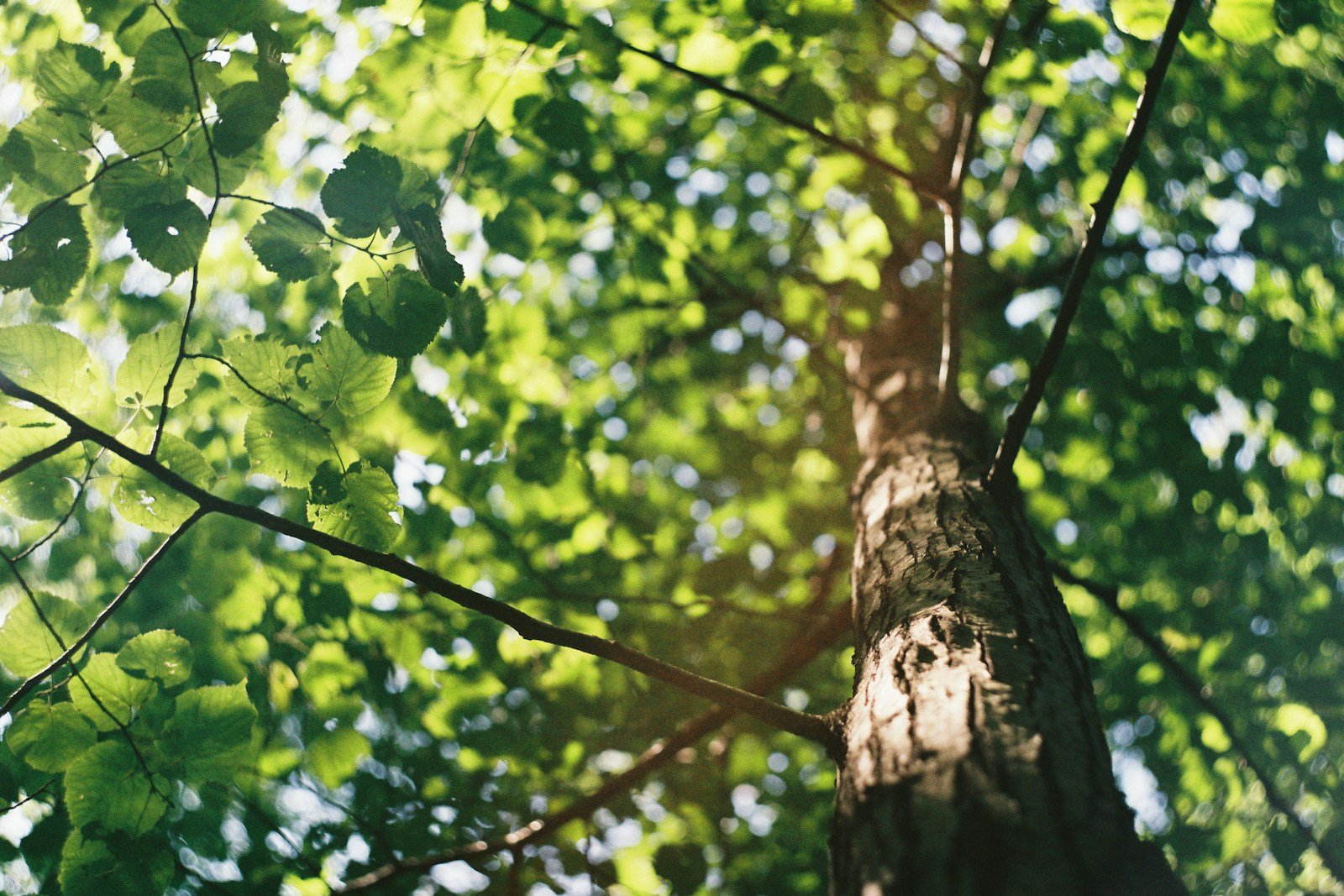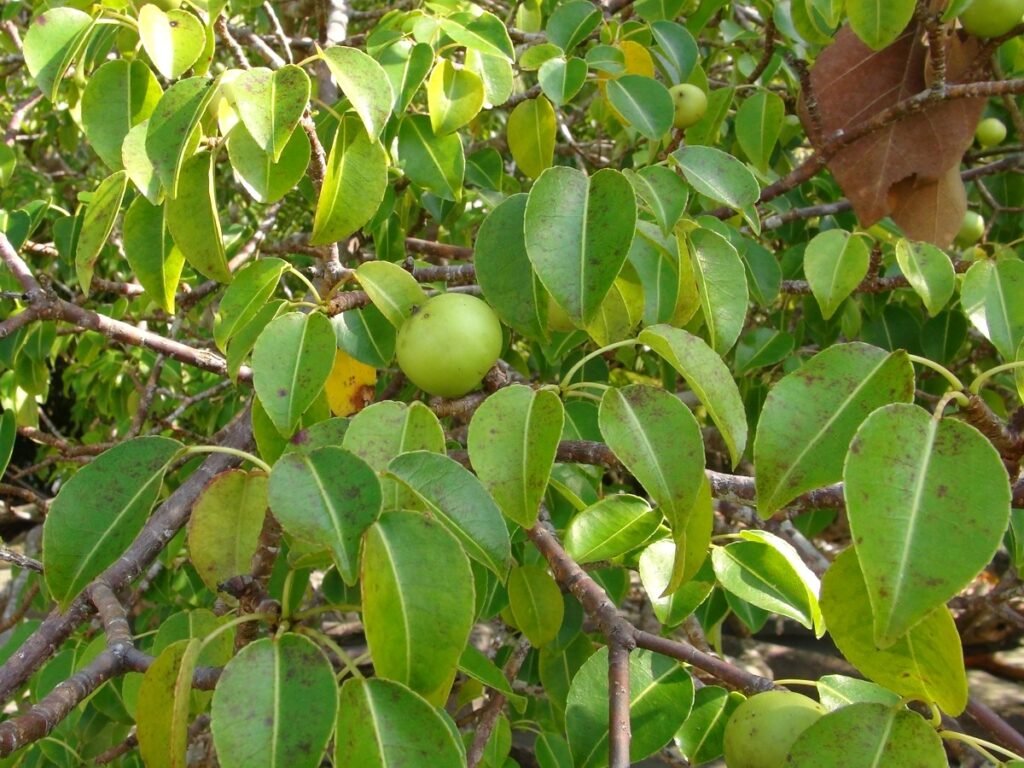The Manchineel tree, known by its scientific name Hippomane mancinella, is one of nature’s most potent wonders. This tree, often dubbed the “tree of death,” carries a reputation that is both daunting and fascinating. It’s found primarily in the sandy soils of the Caribbean and Central America, standing tall as an impressive yet perilous reminder of nature’s duality. With its lush green leaves and small, apple-like fruit, the Manchineel presents a deceivingly innocent appearance. Yet, beneath its inviting exterior lies a toxic arsenal that has intrigued and terrified humans for centuries.
The Alluring Appearance of the Manchineel

At first glance, the Manchineel tree could be mistaken for any other tropical tree. Its glossy leaves and small, greenish-yellow fruits give it an inviting appearance. Unfortunately, this allure is part of its danger, as the fruit is famously known as the “little apple of death.” Despite its enticing looks, every part of this tree is laden with toxic compounds. The fruits, in particular, can be deadly if consumed, leading to severe gastrointestinal issues and potentially fatal consequences. This tree serves as a potent reminder that beauty in nature can sometimes mask danger.
A Toxic Arsenal: The Manchineel’s Chemical Defenses

The Manchineel tree is armed with a cocktail of toxins that make it one of the most dangerous trees in the world. The primary toxin, phorbol, is found throughout the tree, including its sap, leaves, and fruit. Phorbol is a potent skin irritant, causing severe burns and blistering upon contact. The tree’s sap is so corrosive that standing under a Manchineel during rain can cause skin irritation, as the water drips through its leaves and becomes contaminated. This tree’s toxic nature is a protective mechanism, deterring animals and humans from consuming or damaging it.
Historical Encounters with the Manchineel

Throughout history, the Manchineel has left its mark, often in chilling tales and legends. Indigenous peoples were well aware of its dangers, using the sap to poison arrows for hunting or warfare. European explorers, unfamiliar with the tree, often fell victim to its deceitful appearance. A famous story tells of the Spanish explorer Juan Ponce de León, who was allegedly struck by an arrow poisoned with manchineel sap, leading to his demise. These historical encounters highlight the tree’s formidable reputation and the importance of local knowledge in navigating natural landscapes.
The Manchineel’s Ecological Role

Despite its toxicity, the Manchineel plays a crucial role in its ecosystem. It acts as a natural barrier, protecting coastal areas from erosion with its extensive root system. The tree’s dense foliage provides habitat and shade for various wildlife species, contributing to the biodiversity of its environment. While many animals avoid the Manchineel due to its toxins, certain species have adapted to coexist with it, showcasing nature’s resilience and adaptability. The tree’s ecological importance underscores the complex balance between its dangerous properties and its contributions to the natural world.
Scientific Insights into Manchineel Toxins
Scientists have long been fascinated by the Manchineel’s potent toxins, leading to extensive research on its chemical compounds. The tree’s sap contains a mixture of organic compounds, including phorbol and other diterpene esters, which have been studied for potential medical applications. While the tree poses significant risks, understanding its chemistry could lead to breakthroughs in fields such as cancer research, where phorbol derivatives are being explored for their potential to modulate cellular processes. This scientific exploration highlights the dual nature of the Manchineel as both a peril and a potential boon for human health.
Survival Strategies: How to Avoid the Manchineel

For those venturing into regions where the Manchineel grows, awareness and caution are paramount. Many areas with Manchineel trees are marked with warning signs to alert visitors to their presence. It’s crucial to avoid touching the tree, especially the sap, and never to consume its fruit. If contact occurs, it’s important to wash the affected area thoroughly and seek medical attention if symptoms develop. Understanding the tree’s appearance and habitat can help adventurers steer clear of its dangers, ensuring a safer exploration of the natural world.
The Role of Education in Manchineel Awareness
Education plays a vital role in preventing accidents related to the Manchineel tree. By raising awareness about its dangers and characteristics, communities and tourists can be better equipped to avoid harmful interactions. Educational programs in regions where the Manchineel is prevalent can teach locals and visitors alike about the tree’s ecological benefits and risks. Through education, we can foster a greater appreciation for the intricate balance of nature, where even the most dangerous elements serve a purpose.
Modern Uses and Misuses of Manchineel Compounds
While the Manchineel’s toxins are primarily seen as hazardous, modern science has begun to explore their potential uses. Researchers are investigating the tree’s chemical compounds for applications in medicine, such as developing new treatments for diseases. However, misuse of these compounds can still pose significant risks, highlighting the importance of controlled and informed experimentation. As we continue to unlock the secrets of the Manchineel, it serves as a reminder of the thin line between poison and cure.
The Manchineel’s Place in Popular Culture

The Manchineel’s notorious reputation has permeated popular culture, featuring in literature and media as a symbol of danger and intrigue. Stories and myths surrounding the tree often emphasize its lethal properties, captivating audiences with tales of survival and peril. This cultural fascination with the Manchineel reflects humanity’s enduring curiosity about the natural world and its mysteries. By understanding the stories and science behind this enigmatic tree, we gain insight into the complex relationship between humans and nature.
A Reflection on Nature’s Duality

The Manchineel tree stands as a striking example of nature’s duality, embodying both beauty and danger. Its presence in the world challenges us to respect and understand the natural environment, recognizing the potential hazards while appreciating the ecological roles such organisms play. The Manchineel’s story is a testament to the complexity of life on Earth, where even the most perilous elements contribute to the intricate tapestry of biodiversity. As we delve deeper into the secrets of this remarkable tree, we are reminded of the delicate balance that sustains our planet.



